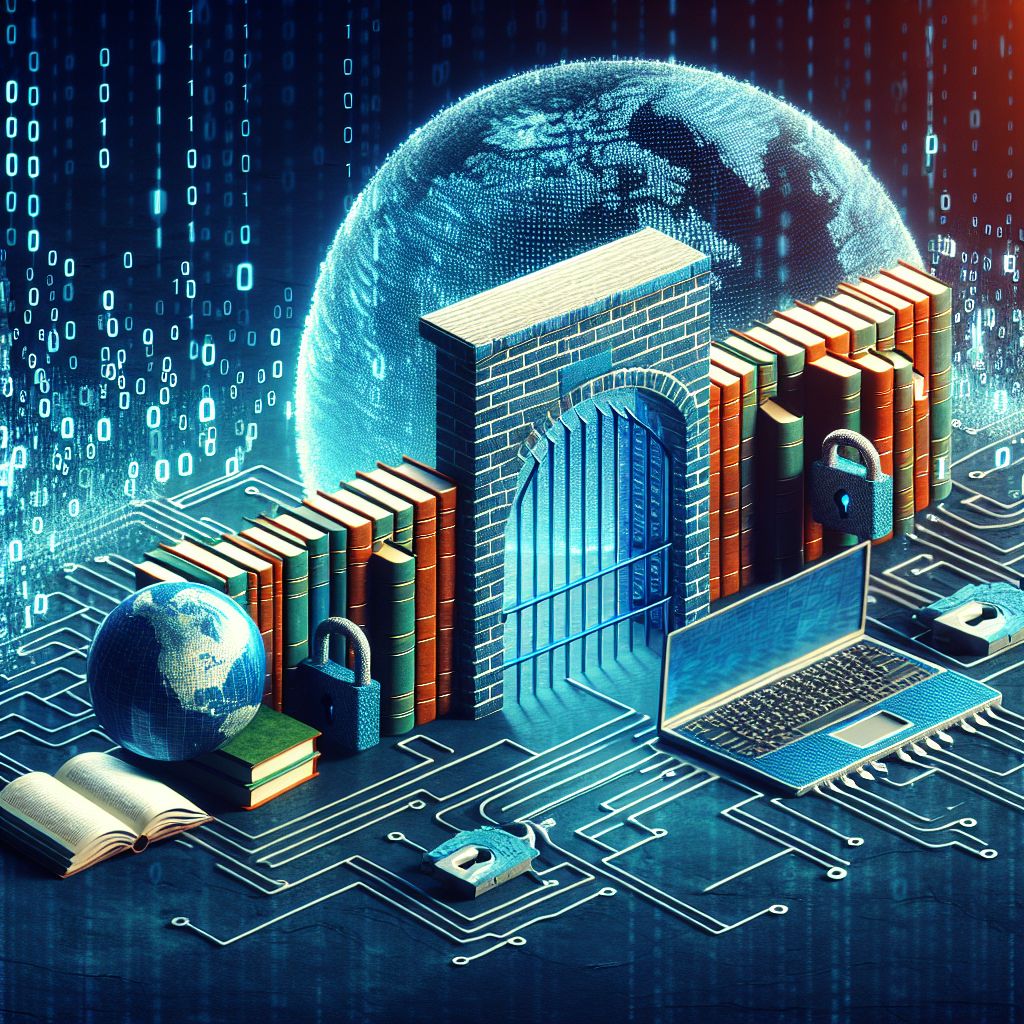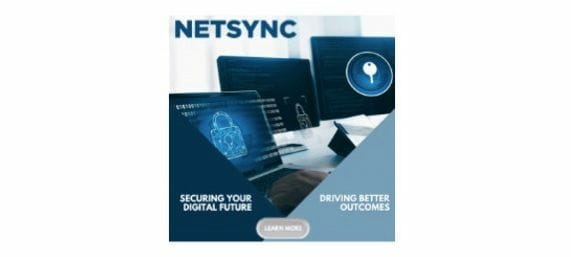
Welcome to the newly renamed Cybervizer newsletter delivered to you every Tuesday and Friday! As artificial intelligence and cybersecurity, along with other technologies increasingly converge, understanding these critical intersections will be vital for organizations seeking to navigate a complex threat environment.
NOTES: If you want to ensure you get this newsletter every week, please add my "from" address to your contact list. If you want to unsubscribe, scroll to the bottom and select the "unsubscribe.", button. We will miss you!
In this edition:
Did You Know
AI Important Story - Cybersecurity Risks In Education Cannot Be Ignored
More Cyber News
AI in Education Prompt of the Week
The Intersection in Education
Generative AI Poll
Social Media Image of the Week
Did You Know
Did you know that LLMs are next-word prediction engines? They predict subsequent words in a sentence, creating coherent and contextually relevant responses?
Did you know that generative AI can simulate historical debates or scientific discussions, encouraging critical thinking and analysis?
Did you know that generative AI can create multilingual educational content, breaking language barriers and promoting global learning?
Did you know that AI-powered virtual tutors can provide personalized feedback and guidance, supporting students in their learning journey?
AI & Cyber News 🛡️

Important Story: The Cybersecurity Risks In Education Cannot Be Ignored
Executive Summary of Article
Introduction: The education sector faces significant cybersecurity challenges, which have been exacerbated by the pandemic. Schools and universities, with their unique organizational structures, are attractive targets for cybercriminals. Factors such as high student and teacher turnover, campus culture, valuable research, and the use of personal technology create a distinct landscape that demands robust cybersecurity measures. In this article, we explore the risks faced by educational institutions and the need for tailored security frameworks.
Key Points:
High Turnover of Students and Teachers: Each year, students graduate, but their data remains tied up in long-term student loans. Similarly, teachers and faculty enter and exit the workforce, resulting in a revolving door of personal identifiable information (PII) that threat actors can exploit.
Campus Culture and Information Flow: Higher education institutions tend to maintain an open, free-flowing stream of information. Students and faculty often interact casually, disregarding security protocols. This lax approach creates opportunities for cyber probing.
Valuable Research and Data: Academic institutions produce valuable research, including government-connected studies, technological innovations, and even military applications. Protecting this information is crucial.
Pandemic-Driven Challenges: The pandemic accelerated the use of personal technology for remote learning, further exposing educational institutions to cyber risks.
In summary
Educational organizations must prioritize cybersecurity to safeguard sensitive data, maintain privacy, and protect valuable research1.
Read more about this article.
More AI & Cyber News:
AI in Education - Cybersecurity Prompt of the Week
AI in Education - Simulate social engineering scenarios to train employees and students prompt:
Act as a world-class Trainer specializing in Social Engineering and Information Security. Given the following context, criteria, and instructions, simulate social engineering scenarios to train employees and students at [Education Organization] on how to handle social manipulation tactics and protect sensitive information.
## Context
The [Education Organization] has identified a need to educate its employees and students on recognizing and handling social engineering tactics. This includes identifying phishing attempts, malicious actors, and techniques used to manipulate individuals into divulging sensitive information.
## Approach
Create realistic social engineering scenarios that employees and students may encounter in their roles at the organization. These scenarios should cover various tactics such as phishing emails, pretexting, baiting, and tailgating. Use these scenarios to demonstrate how individuals can recognize and appropriately respond to such social manipulation attempts.
## Response Format
The response format should include a detailed description of each social engineering scenario, including the tactics involved and the potential risks if the manipulation is successful. Additionally, provide guidance on the proper actions to take when encountering such scenarios to protect sensitive information.
## Instructions
- Ensure that the scenarios are relatable to the roles and responsibilities of employees and students at [Education Organization].
- Emphasize the importance of verifying the identity of unknown individuals and the authenticity of requests for sensitive information.
- Highlight the potential consequences of falling victim to social engineering tactics, such as data breaches, identity theft, and financial loss.
- Encourage active participation and discussion during the training to reinforce the learning experience.
Note: Any words in [Word] in brackets like that is a variable that you insert or add. Here is the format to add variable after the prompt: [Word] = Your answer for variable
The Intersection in Education
Many of these articles highlight the increasing importance of AI and cybersecurity in the field of education and the steps being taken to address the associated challenges.
DIGITAL OUTCOMES THAT CONNECT YOU
Netsync focus on relationships and works in close collaboration with you to carefully assess your business priorities then collaborate with you to determine and implement the best solutions and technologies for you.
Did someone forward this email to you? Awesome! You can sign up here and not miss an issue of the Cybervizer curated newsletter from Top 5 Global Thought Leader for AI and Cybersecurity Mark Lynd.
Questions, Suggestions & Sponsorships? Please email: [email protected]
You received this email because you signed up on our website, attended one of our events, or made a purchase from us. If you do not wish to receive this newsletter anymore, you can unsubscribe below. Sorry to see you go, we will miss you!





Social Media Image of the Week